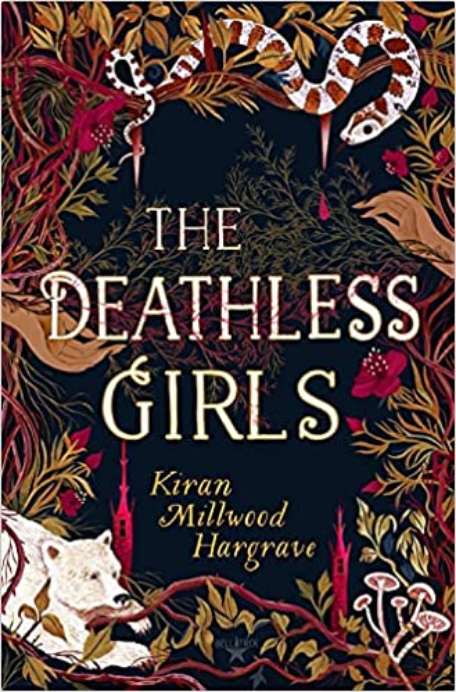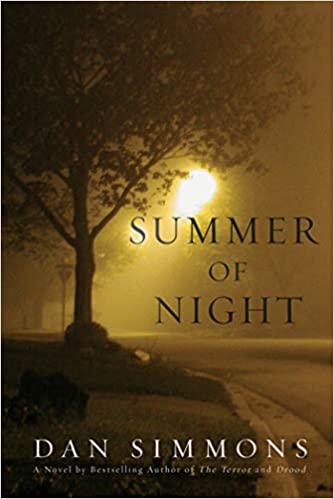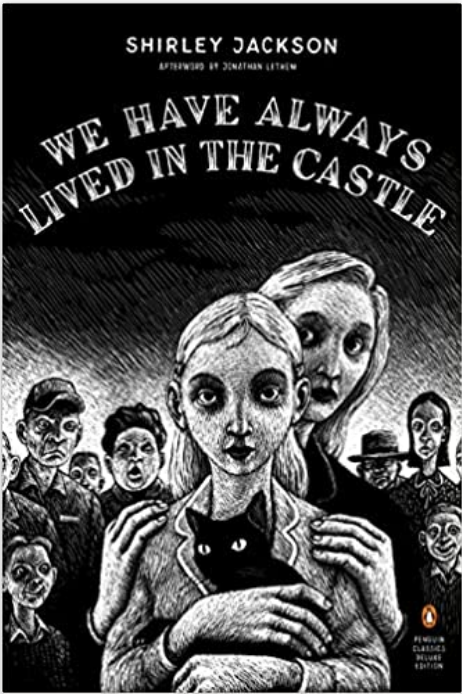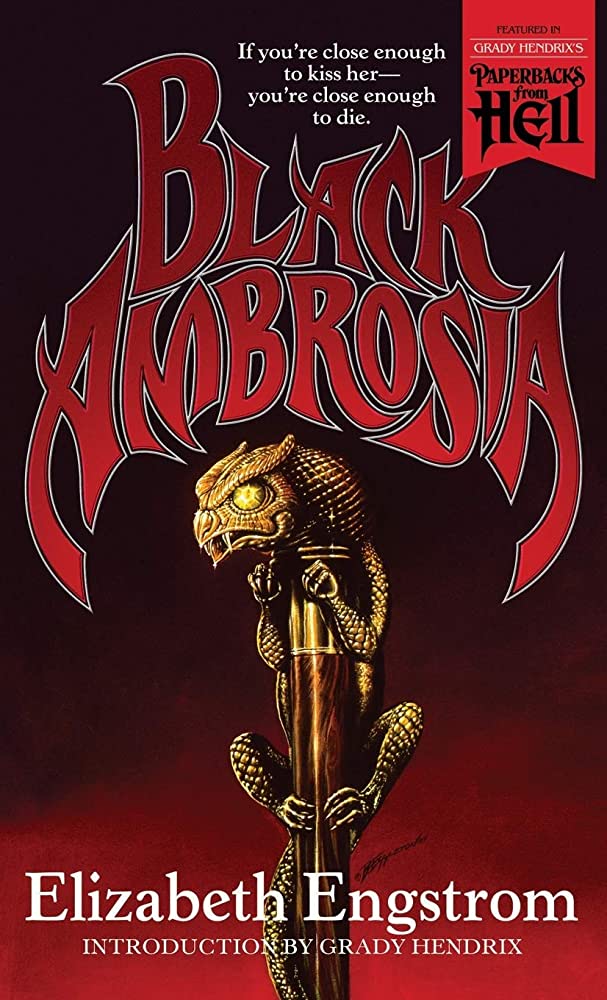Wisdom Gleaned from Zen in the Art of Writing

I love Ray Bradbury. He imbued his writing with a joyous, golden hour quality that fills every aspect of his stories with a sense of wonder. In some ways it’s childlike (not childish, though), which he would appreciate since he described himself as such. It’s a journey of pleasure for the reader because it was for him. Clearly I’m a fan, so it wasn’t a huge sell to convince me to pick up Zen in the Art of Writing – a book of essays he wrote about creativity. In many ways it’s simply his reflections on his journey as a writer, but in other ways it’s a book of writing lessons for those of us who aspire to his level of effortless storytelling.
Since I’m nearing the end of the book, I thought I’d share some of his insights that have encouraged me or persuaded me to alter my writing habits.
Write Only What You Either Love or Hate
By the time many people are fourteen or fifteen, they have been divested of their loves, their ancient and intuitive tastes, one by one, until when they reach maturity there is no fun left, no zest, no gusto, no flavor.
p. 37
As you may have guessed from the title of his book, joy permeates everything he has to say about writing. It should be fun. Perhaps the sixth draft might not be as fun, but the initial draft, and the overall love for storytelling, definitely should be. If it isn’t fun, you shouldn’t be writing.
…if you are writing without zest, without gusto, without love, without fun, you are only half a writer. It means you are so busy keeping one eye on the commercial market, or one ear peeled for the avant-garde coterie, that you are not being yourself.
p. 2
His point is that in everything you write, you should be pursuing things that are of supreme interest to you. He talks about finding your greatest loves, or the things and experiences that meant the most to you. Or your greatest fears and hates. Give those things to your character. Give him that one thing (or one of them) that you want the most and send him running. Then follow after him, writing down his story.
One of the exercises Bradbury employed to find the things that sparked his interest the most was to keep a notebook in which he wrote down nouns. Just nouns. Words that filled him with a sense of wonder or love or fear or hatred. Anything that evoked in him a strong emotional reaction.
Words like LAKE, NIGHT, RAVINE, NIGHT TRAIN, RAVINE, CRICKETS, CARNIVAL, CAROUSEL.
If you’ve read much Bradbury, you can probably see where each of these words led. He would then examine the word to see what it meant to him. Or how multiple words fit together. More often than not, out came a story – either a short story or a novel.
What would your words be?
Giving Your Writing Wings
Bradbury speaks much about how to fuel your inspiration. In one section he discusses accessing memories and the fact that our senses perceive much more than we think they do. Given time to breathe, those memories can be a wonderful source of material for us.
In another section, he talks about keeping and feeding your muse. Because a muse (our inspiration) is a tricky thing. Gaze at it too long or with too much focus and she runs. Don’t look at it at all and she’s inaccessible for our writing needs. Keeping that balance is the key to having a wealth of inspiration to access and the tools with which to apply it.
Feeding the Muse
The Feeding of the Muse then…seems to me to be the continual running after loves, the checking of these loves against one’s present and future needs, the moving on from simple textures to more complex ones, from naïve ones to more informed ones, nonintellectual to intellectual ones.
P. 30
What he’s getting at here transcends writing. It’s a holistic life spent seeking after experiences and things that one truly loves with no thought for what you should like, or what others will think about the thing you treasure.
He talked about his childhood love for Buck Rogers. Bradbury collected the comic strips…until his friends mocked him for it. In response, Bradbury cut up all of them and threw them away. But he realized afterwards that he felt as if a part of him had died. Something he treasured had been devalued and stripped away. When he came to his senses, he went back to collecting Buck Rogers comics. And he found different friends, true ones.
He also talks about surrounding ourselves with different types of writing and other forms of art – from poetry to theater; to reading science fiction if we write thrillers, or vice versa. All of these things feed our muse by filling our soul with beautiful things that we love and which inspire us.
Keeping the Muse
Once we have this deep (and growing) well of inspiration, we have to be able to use it in our writing. I would summarize his points in three suggestions, which overlap to a significant extent:
- Train yourself enough so that grammar and story structure are intuitive.
- Read and observe everything critically
- Do repetitious writing exercises.
Starting in Mr. Electro’s year, I wrote a thousand words a day. For ten years I wrote at least one short story a week, somehow guessing that a day would finally come when I truly got out of the way and let it happen.
P. 46
The “it” that he let happen is the quality story. Bradbury understood that, in writing, there’s no substitute for an intuition that’s developed from hundreds and thousands of hours of practice. In some ways this is surprising because most of us would classify Bradbury as a pantser – one who writes by the seat of his pants.
But I suspect that the truth behind most pantsers is that rather than having an innate understanding of story structure, pacing, character development, etc., they’ve spent so much time reading critically and practicing the craft that they’ve developed one.
Bradbury points out that you need this intuition if you’re ever to write a really good story. Otherwise, the outcome will be stilted, forced, or pretentious.
…have you trained well enough so you can say what you want to say without getting hamstrung? Have you written enough so that you are relaxed and can allow the truth to get out without being ruined by self-conscious posturings or changed by a desire to become rich?
P. 32
To fuel our inspiration, we have to fill our lives with things of beauty – people and experiences that we love, we have to observe and read as much and as critically as we can, and we have to train ourselves so that our writing flows easily with no need to focus on structure or the underpinnings of how to write – pacing, plot points, character growth, etc.
Write [the 1st Draft] As Fast As You Can
At that point you can write your first draft. To produce the best work possible, Bradbury says that you should write as fast as you can.
The faster you blurt, the more swiftly you write, the more honest you are.
P. 7
This goes hand-in-hand with the preceding quote. Once we have a deep intuition of how to write, the story can flow out of us unencumbered by the rigid requirements of storytelling that, though necessary, would impede the very best ideas if we have to focus on them.
Before [learning to write effortlessly], like every beginner, I thought you could beat, pummel, and thrash an idea into existence. Under such treatment, of course, any decent idea folds up its paws, turns on its back, fixes its eyes on eternity, and dies.
P. 59
There’s some of Bradbury’s characteristic charm – his joie de vivre and his effortless way with metaphor. But it’s also something many of us forget. We have to let a story have its own way. It has to demand to be told or it will never be of any value.
That’s not to say that Bradbury (or we) simply tear the page from the typewriter and ship it out the door at that point. No. He had a habit of writing approximately six drafts of his short stories – one each day from Monday through Saturday – until shipping the finished draft out the door. That’s a lot of rewriting. But all of it started with a fantastic idea that came from his truest loves or hates, and which, given his years of training, fell onto the page as a solid foundation.
Conclusion
It’s inspiring and encouraging to me to be reminded that even those writers who seem to write effortlessly, by the seat of their pants, are only able to do so because they have spent countless hours refining their abilities and their knowledge of the craft. And that, after all, writing should be about joy. It should be something that we treasure and love to practice.
Hopefully you found some inspiration here, as I did! There’s more to the book, but those are just a few pointers to encourage you and help you grow as a writer.
If you enjoyed this post, share it with your friends!




























